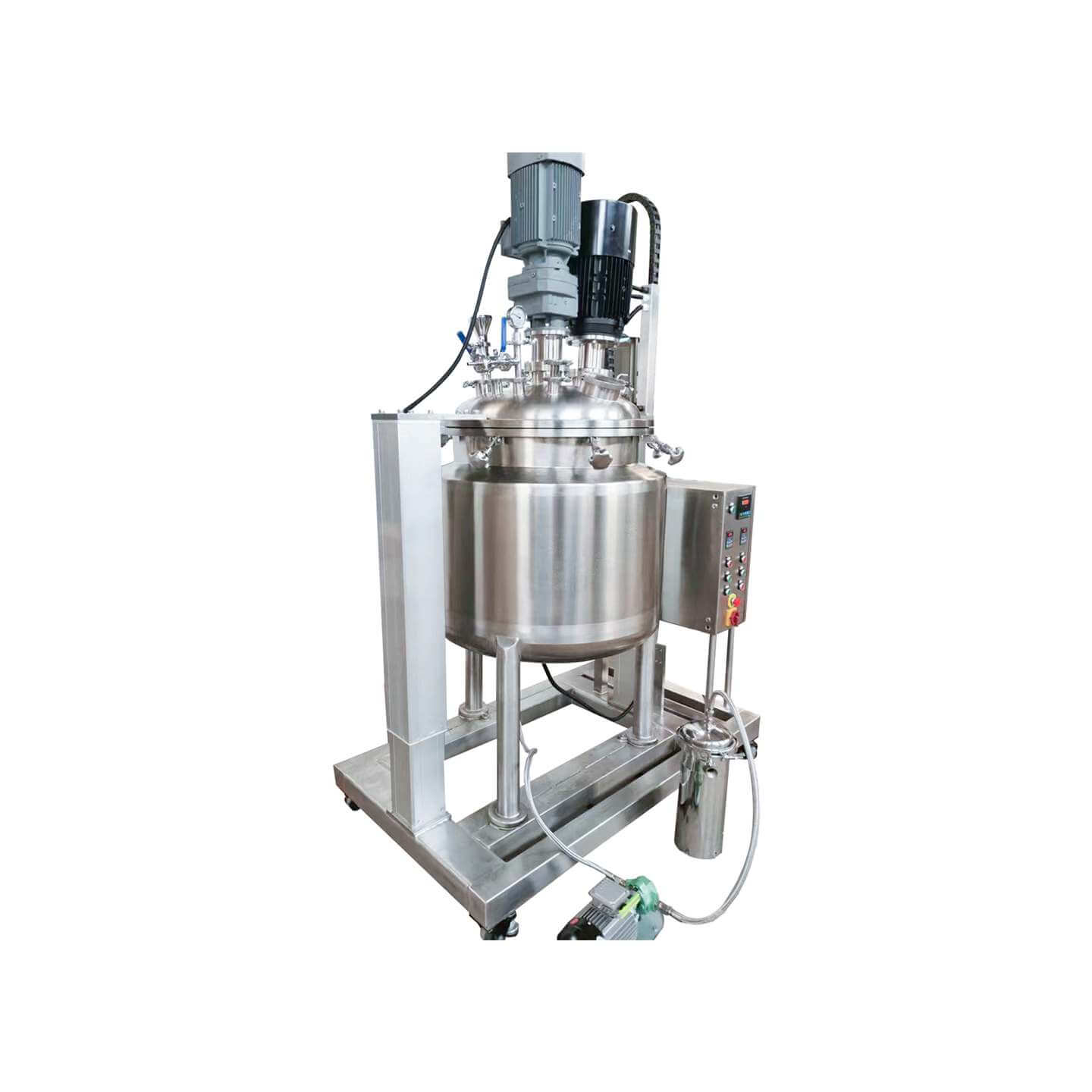

Laboratory Reactor
Laboratory reactor: used in the chemical industry, pesticide, paint, and other fields
Material
glass, stainless steel (316, 304), carbon steel, others
Capacity (L)
10-10000+
Mixing system
anchor, paddle, frame and others
Heating system
electric heating, oil heating and others
The laboratory reactor is small in size, beautiful in appearance, light, and fast in installation. It is composed of a pot body, pot cover, stirrer, jacket, support and transmission device, shaft sealing device, etc. The type of stirring device, rotation speed, sealing structure, heating method, etc. are produced.
Request a quoteA laboratory reactor is a common reaction vessel. The basic principle is to use heat transfer materials to increase the temperature of the materials in the laboratory reactor according to the jacket of the laboratory reactor. According to the stirring of the stirrer, the materials are made uniform, the heat transfer rate is increased, the heat transfer efficiency and heat transfer rate are improved, and the temperature is uniform. Laboratory reactors are widely used in vulcanized rubber, nitration reactions, esterification, alkylation, polymerization, condensation reactions, etc.; laboratory reactor materials are generally carbon alloy steel, stainless steel, zirconium, nickel-based (Hastelloy, Monel alloy, Inconel alloy) aluminum alloy, and other polymer materials.

The laboratory reactor is a reaction equipment that can achieve multiple catalytic reaction rates, ultra-high pressure generation, hydrocracking reactions, and gas-liquid phases. It is widely used in petrochemical equipment, organic chemistry, the pharmaceutical industry, polymer material power generation, metallurgical industry, and other manufacturing industries. It has the characteristics of convenient operation, easy mixing, and precise temperature control.
The laboratory reactor is made of high-quality stainless steel, and the left and right heads are made of stainless steel. The digital temperature control system software of the inner pot and jacket supporting facilities can set the upper and lower limits of the required temperature at will, detect temperature changes at any time and anywhere, and improve the efficiency and safety of production.
The laboratory reactor kettle consists of a pot body, a large pot lid, a stirring device, a jacket, a support plate, a gear transmission, a water pump sealing equipment, etc. It is necessary to clarify the working pressure, temperature, material, type of mixing equipment, speed ratio, sealing structure, Heating methods, etc. are designed and manufactured. There are various types of laboratory reactors with complete specifications and models. The working pressure is below 10Mpa and the capacity is between 50 and 300L. They are generally suitable for the research and development of new products by universities and scientific research institutions.
Advantages of laboratory reactors
1. The laboratory reactor has a compact structure and a small footprint: Since the laboratory reactor can work underwater, it can be immediately processed and installed in a contaminated laboratory pool. There is no need to make professional rooms, kettles, and motors for the machine equipment laboratory, which can save a lot of basic costs.
2. Laboratory reactors are easy to maintain: Small and medium-sized laboratory reactors can obtain mechanical equipment, and large and medium-sized reactors are generally equipped with active coupling mechanical equipment, which is more convenient for active mechanical equipment, machinery, equipment, and maintenance.
3. Long continuous working time: Due to the coaxial output of the laboratory reactor and the motor, the short shaft, and the light weight of the flipping parts, the load (axial) borne by the rolling bearing is relatively small, and the service life is longer than that of ordinary kettles.
4. There will be no problems such as cavitation damage and laboratory flooding: especially the latter point makes actual operation very convenient.
5. Low noise, low motor temperature, and zero pollution to the natural environment.
6. The laboratory reactor adopts an inter-disc or double centrifugal impeller structure, which further improves the passage of waste.
7. The mechanical seal adopts new hard corrosion-resistant titanium tungsten material, which can enable the laboratory reactor to operate safely and continuously for more than 8,000 hours.
8. A high-precision anti-interference leakage test sensor is installed in the sealed room of the laboratory reactor, and thermal elements are embedded in the motor stator winding to proactively maintain the laboratory reactor motor.
9. Based on demand, the laboratory reactor fully active control box can actively maintain the laboratory reactor leakage, power supply, load, reactor overheating, etc., improving the safety factor and reliability of the product.




